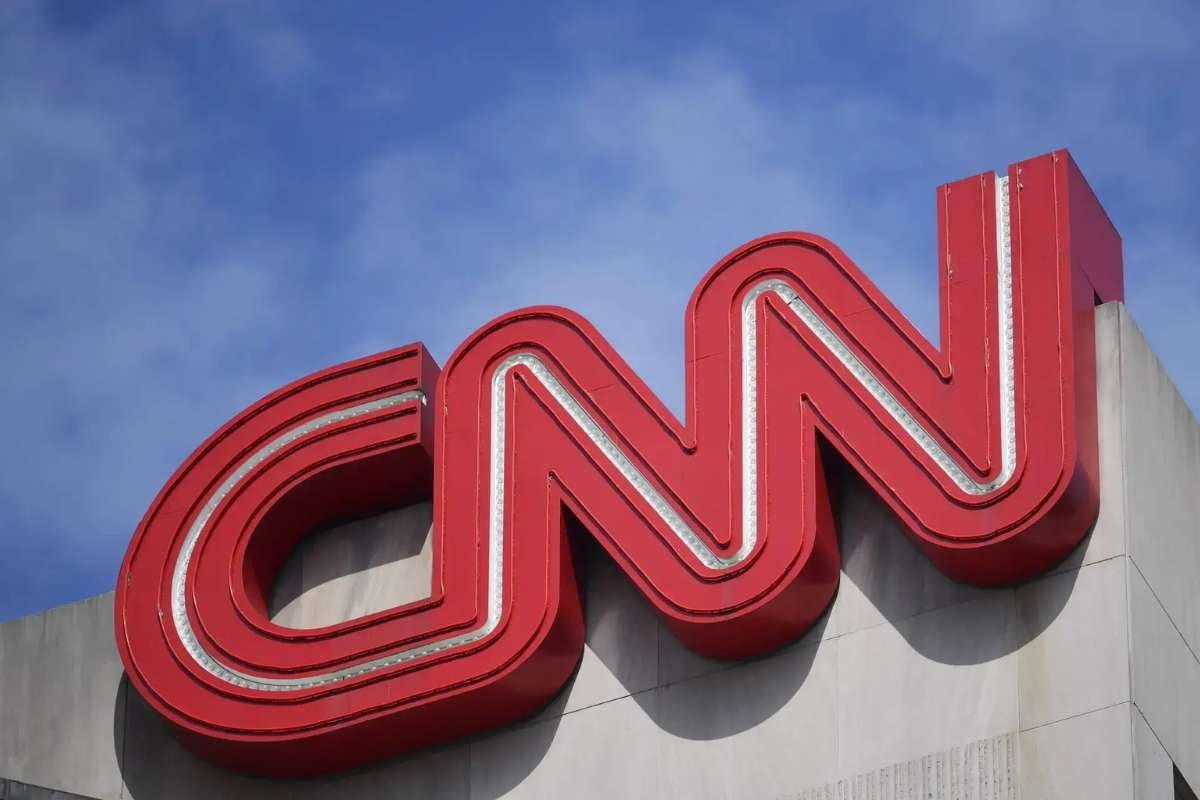(Source – CNBC)
In a recent email to customers, Amazon confirmed the implementation of limited advertisements on Prime Video starting January 29, 2024, a move that has ignited a wave of discontent among its user base. The announcement, following a prior disclosure in September, emphasized the goal of sustaining investments in compelling content while reassuring customers that the number of ads would be significantly fewer than traditional TV and other best video streaming platforms.
The email also clarified that there would be no alteration to the cost of Prime membership, but for an additional $2.99 per month, users could opt for an ad-free subscription. This revelation has sparked a backlash on social media platforms, with numerous users expressing frustration and some even contemplating abandoning Amazon Prime altogether.
The prime video subscription fee surged from $6.99 to $9.99 per month
The discontent among users is exacerbated by the fact that Amazon recently increased the price of its Prime subscription service in May of this year. The subscription fee surged from $6.99 to $9.99 per month, with Amazon justifying the hike by asserting an expansion of Prime member benefits.
Amazon’s decision to introduce advertisements on Prime Video in 2024 aligns with a broader strategy to bolster its ad revenue, a trend evident in the company’s third-quarter earnings report. During this period, Amazon recorded a notable increase in ad revenue, reaching $12.06 billion—a 26% rise compared to the same quarter the previous year. The report also disclosed a total of $143.1 billion in net sales for the third quarter, reflecting a substantial 13% growth compared to the corresponding quarter in 2022.
Influencing Amazon’s strategies
The imminent introduction of ads on Prime Video has left users grappling with the prospect of a disrupted viewing experience. Many are disillusioned by what they perceive as a diminishing value proposition for their Prime memberships, compounded by the recent price hike. As disgruntled customers take to social media to voice their concerns, the discontent threatens Amazon’s standing in the fiercely competitive streaming market.
While Amazon contends that the move is necessary to fund content creation and enhance its offerings, the company faces a delicate balancing act between revenue generation and customer satisfaction. As the implementation date approaches, the extent of user backlash and the potential erosion of customer loyalty will be closely monitored, influencing Amazon’s strategies in an increasingly dynamic and competitive streaming landscape.





